
Seun Ross, PhD, describes the goals Independence Blue Cross has for improving maternal health, diabetes, cardiovascular conditions, and behavioral health.

Giuliana Grossi is an editor for The American Journal of Managed Care®, overseeing the publication's Center on Health Equity & Access. Her work focuses on disparities and systemic inequities in care and access to the health system, as well as the impacts of health policy on various racial, gendered, and socioeconomic communities. She seeks perspectives from experts in internal medicine, health equity, community outreach, clinical research, mental health, and legislative policy.
Before Giuliana joined AJMC, she delved into rare disease coverage at HCPLive®, a sister publication, where she fostered connections that extended beyond the research community into that of health advocacy, paving the way to her current role. Her work has been featured in Population Health, Equity & Outcomes® (formerly The American Journal of Accountable Care®), Evidence-Based Oncology®, NewsBreak, CHEST Today, Contemporary Pediatrics, Contemporary OB/GYN, Dermatology Times, Drug Topics, Managed Healthcare Executive, RamaOnHealthcare, and CGTLive.

Seun Ross, PhD, describes the goals Independence Blue Cross has for improving maternal health, diabetes, cardiovascular conditions, and behavioral health.

Employees want to know that their employers have a vested interest in their health, Vikki Walton, MBA, health equity leader at Mercer, explains.

At the National Comprehensive Cancer Network Oncology Policy Summit, prominent figures in the health care industry from diverse organizations emphasized a commitment to advancing health equity and addressing pressing social and health disparities.
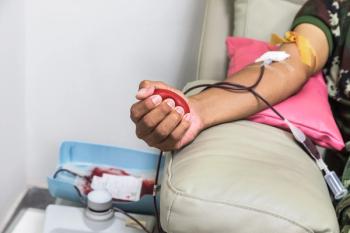
The median age of death remained consistently 10 years lower for Black and Hispanic males in comparison to White males, underscoring a critical area for further attention.

At the Greater Philadelphia Business Coalition on Health 2023 Wellness Summit, Seun Ross, PhD, explains the business case for achieving health equity.

"CMS cannot do this alone. We have to do this in partnership. So really thinking about providers and beneficiaries and how we do this together," Ellen Lukens, MPH, Center for Medicare and Medicaid Innovation, explained.

At the Greater Philadelphia Business Coalition on Health 2023 Wellness Summit, Vikki Walton, MBA, addresses the role employers have in health equity.

"Even though awareness was increasing, it wasn't translating into action," Taylor-Desir explains. "We know from our experience as physicians, that physical health and mental health are tied."

"We really have to work on our implicit bias, acknowledging it, understanding it, and doing the work to try to change it," Veronica Gillispie-Bell, MD, MAS, says.

The findings highlight the critical role that subclinical synovial proliferation plays in the progression of hemophilic arthropathy.

A recent CDC study revealed that reports of mistreatment and discrimination during maternity care were high among Black, Hispanic, and multiracial respondents.

A study found that negative experiences and concern for future children's health drive hemophilia carriers to choose prenatal tests, with cognitive factors playing a role.

A year of research emphasizes the significance of collaboration, standardized approaches, and targeted therapies in rare pulmonary diseases.
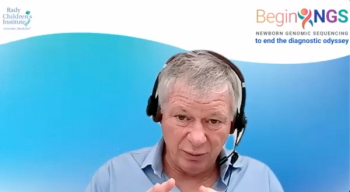
The consortium involved in the newborn genomic sequencing initiative consists of a diverse and growing selection of stakeholders.

In hemophilia cases where there is uncertainty, especially when your factor level is near the 50% cutoff, genetic testing becomes important, Ragni says.

While the challenges in affordability and accessibility emphasize the importance of early awareness and interventions, equitable access to the screening itself poses a crucial hindrance.

The American Psychiatric Association (APA) Foundation has launched an initiative to prioritize mental health care.
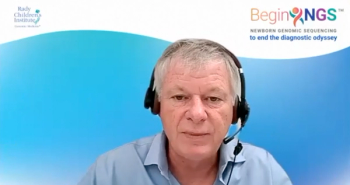
"We won't be content until this is indeed performed in 98% of babies," Stephen Kingsmore, MD, DSc, explains.

According to new CDC research, 20% of mothers reported mistreatment while receiving maternity care for their youngest child.

Catherine Nester, RN, vice president of physician and patient strategies at Inozyme Pharma, highlights the importance of newborn screening for rare diseases and the impact of the BeginNGS diagnostic tool.
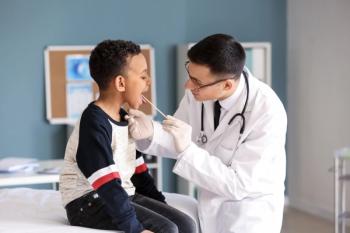
Results reveal living in neighborhoods with very high Childhood Opportunity Index (COI) scores is linked with elevated odds of being up to date on preventive visits and immunizations when compared with those living in neighborhoods with very low COI scores.

Stephen Kingsmore, MD, DSc, shares the exciting advancement of the BeginNGS newborn genomic sequencing program as it approaches the end of phase 2.
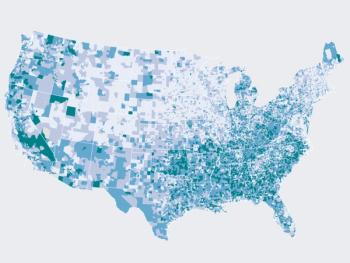
Results reveal a clear association between the degree of environmental injustice in a neighborhood and the prevalence of self-reported poor or fair health.

Despite receiving their diagnosis at a younger average age, Hispanic or Latino patients paradoxically have the lowest incidence of recent breast cancer screenings prior to diagnosis.

“Our study suggests that narrowly focusing on hospital volumes and tying that to insurance reimbursement might mask complexities and trade-offs in achieving the goal of optimizing patient outcomes and experiences,” lead co-author Lindsay Sabik, PhD, says.

In this interview, Catherine Nester, RN explains the importance of entering phase 2 of the whole genome sequencing newborn screening program.
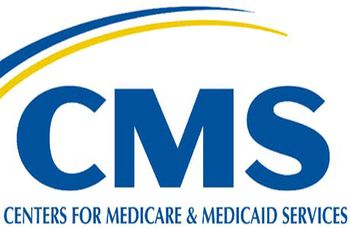
The new rule is poised to foster safety, equity, and reduce preventable harm within the hospital setting in historically underserved communities.


BeginNGS aims to enable the prompt identification of potential genetic disease with its newborn screening program.

The BeginNGS program added 23 new founding members to the consortium and expanded to include 31 additional genetic disorders in its second phase screening, totaling 419 treatable genetic disorders.

259 Prospect Plains Rd, Bldg H
Cranbury, NJ 08512
© 2025 MJH Life Sciences®
All rights reserved.
